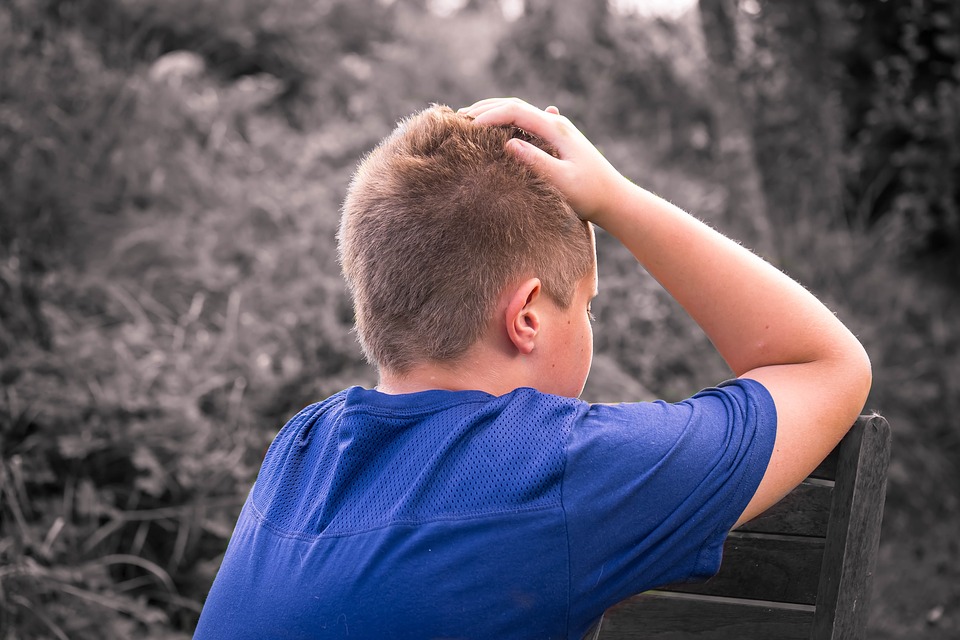TACT is part of a coalition of 12 children’s charities that have sent a letter to Secretary of State for Education, Nadhim Zahawi calling for the Statutory Guidance on Exclusions and Guidance on Behaviour to better protect vulnerable children facing school exclusion from child criminal exploitation (CCE).
It is widely understood that excluding children from school can often make them more vulnerable to CCE and statistics show a clear connection between exclusion from school and entry into the youth justice system – more than 8 out of 10 children in custody have been excluded. Yet the current draft guidance for schools fails to include sufficient safeguards to protect these vulnerable children.
Andy Elvin, Chief Executive of TACT said:
“Excluding children in care or on the edge of care from school is never okay. These children are all of our children. Schools, police, and social workers fail in their responsibility to protect children when we exclude them. When you add in the catastrophic effects exclusion can have, it is beholden on us all to stop excluding vulnerable children from school”
Stefan, a Just for Kids Law client and young school exclusion campaigner, said:
“When someone gets kicked out of school [they are] pushed right into the groomers’ hands. There’s people out there looking to make a fast buck off someone’s child. If you’re not in school, what else are you doing? You’re going to be on the street with other people…that was my situation.
“When you push a child outside of school straight away someone’s going to find him. The groomer is going to buy them new trainers and other [gifts]. But it all comes at a price. They buy you things, then you owe them.”
How school exclusions entrench CCE
- Exploiters will often engineer a child’s exclusion, including coercing victims to carry drugs or weapons into school which will likely result in exclusion.
- Being out of school and on the streets increases children’s risk of exploitation as illustrated by Stefan’s experience above.
- Children are more likely to be exposed to CCE outside of mainstream school. Many children tell us that their first exposure to criminal gangs took place in alternative provision after they had been excluded from mainstream education.
- Being excluded often leaves children feeling rejected and unwanted by the education system. Exploiters often prey on these feelings and on the reluctance of those children to seek support from the professionals around them.
- A child who commits an offence because they are a victim of exploitation is rightly able to have those circumstances recognised as part of their defence in the criminal courts. Worryingly, there is no equivalent protection for children who face being excluded from school in the same circumstances, despite the lifelong consequences for the child.
We are calling for two simple changes to the Statutory Exclusions Guidance and Behaviour Guidance:
- That it includes better information for teachers on how to spot the warning signs and risk factors for CCE, including reference to the Government’s own guidance.
- For both headteachers and governing bodies to consider whether a child at risk of exclusion may be showing risk factors for exploitation as part of their decision to exclude.
Signatories to the joint letter to the Secretary of State for Education and Schools Minister:
- Just for Kids Law
- Children’s Rights Alliance for England
- Barnardo’s
- Redthread
- National Youth Agency
- Alliance for Youth Justice
- NSPCC
- ECPAT (Every Child Protected Against Trafficking)
- The Adolescent and Children’s Trust (TACT)
- Law Centres Network
- Communities Empowerment Network (CEN)
- The Children’s Society



